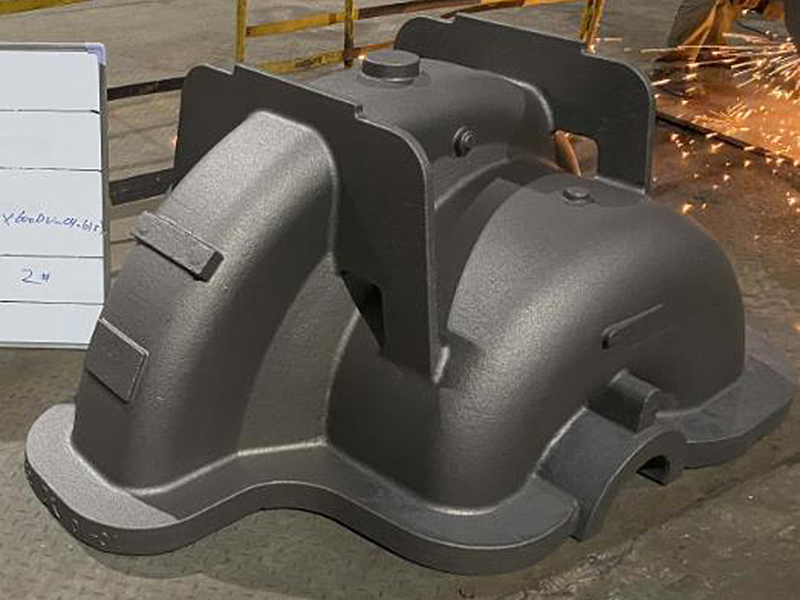Types of Foundry Sand
Foundry sand plays a crucial role in the metal casting industry, serving as a key material in the production of metal parts and components. The various types of foundry sand used are primarily distinguished by their composition, grain size, and thermal properties. Understanding these differences is essential for achieving the desired casting quality and efficiency.
Types of Foundry Sand
2. Resin-Coated Sand Resin-coated sand is another popular choice for foundries. This type of sand is coated with a resin binder, which enhances its bonding properties and heat resistance. The resin coating provides better control over the sand's strength and allows for more complex mold designs. Resin-coated sand is particularly useful for producing high-strength castings with tight tolerances, making it suitable for industries like automotive and aerospace.
types of foundry sand

3. Clay-Based Sand Clay-based sand combines silica sand with clay, typically bentonite. This mixture enhances the sand's plasticity, allowing it to retain its shape during molding. The presence of clay gives the sand excellent binding capabilities, making it an ideal choice for sand molds and core applications. However, clay-based sand may require more maintenance and monitoring due to its water content and tendency to dry out.
4. Feldspathic Sand Feldspathic sand is derived from feldspar minerals and is often used in specialized casting processes. This type of sand offers unique thermal properties and can withstand high temperatures, making it suitable for the production of certain alloys and specialized castings. Its lower thermal expansion compared to silica sand can help reduce defects in high-precision applications.
Conclusion Choosing the right type of foundry sand is critical for the success of metal casting operations. Factors such as the desired casting quality, complexity of the mold design, and production volume all influence the selection process. By understanding the properties and applications of various foundry sands, manufacturers can optimize their casting processes, improve product quality, and meet the demands of their clients effectively.
Post time:វិច្ឆិកា . 17, 2024 06:50
Next:Як вырабляюць пясчанае ліццё этап за этапам
